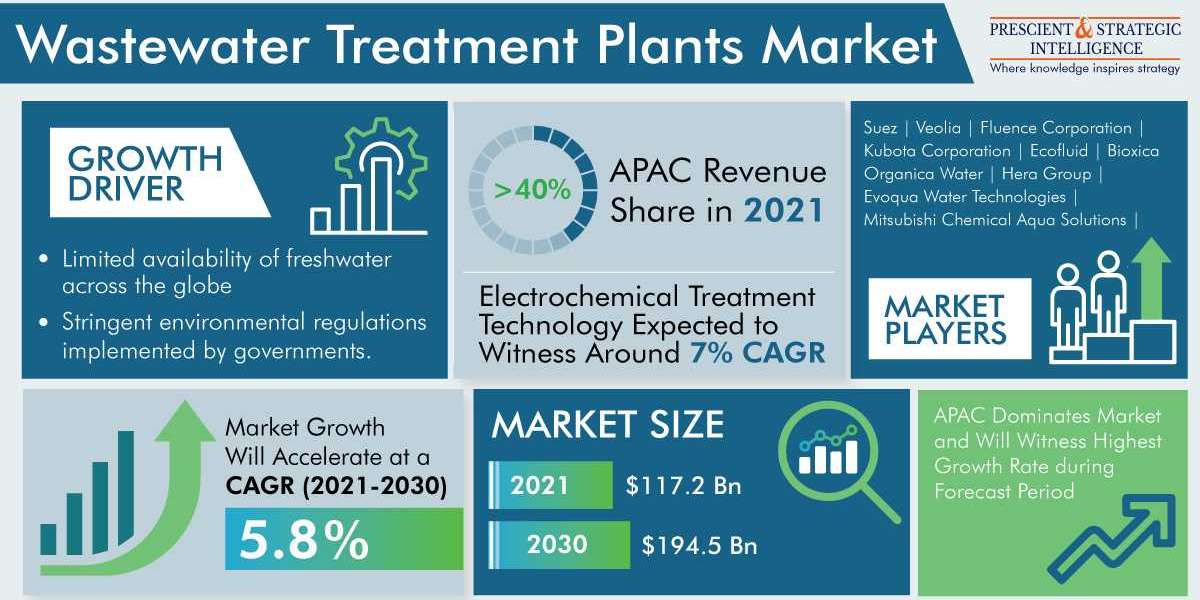The municipal as well as industrial wastewater can comprise more than a few pollutants depending upon the source. Wastewater might comprise waste products, soap, human waste, food scraps, oils and even metals. The key goal of wastewater treatment is the preservation of the environment and keep the contaminants out of oceans and rivers.
Water is put to use in almost all of the industries for diverse purposes for example manufacturing, cooling, and heating as a solvent or rinse waters. This water becomes wastewater and can’t be discharged to a sewer without treatment.
Functioning of a wastewater treatment plant can be expensive because of the initial capital costs, reagents, spare parts, labor and even hazardous materials handling. In this blog, we will discuss about a rather interesting aspect that how you can become richer because of the functioning of a wastewater treatment plant.
Browse detailed - Wastewater Treatment Plants Market Revenue Estimation and Growth Forecast Report
Save and Earn
In the contemporary industrial world, there are two approaches to wastewater treatment. Some businesses dispose of contaminated water off site by hiring a disposal business, while others treat the waste onsite. Both approaches have their pros and cons up their sleeve.
Summing Up the Scene
There is a limited availability of freshwater, and so there is a need to treat wastewater, in order to make it worth drinking. It is because of this reason the demand for wastewater treatment plants is on the rise, and the value will reach USD 194.5 billion in the years to come.








